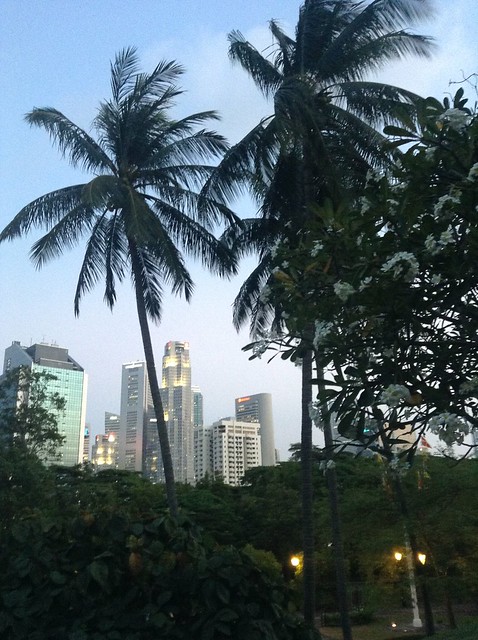Fort Canning Park, an iconic hilltop landmark has witnessed many of Singapore’s historical milestones. The hill once sited the palaces of 14th century Malay Kings and served as the Headquarters of the Far East Command Centre and British Army Barracks. The decision to surrender Singapore to the Japanese on 15 February 1942 was also made on the hill, in the Underground Far East Command Centre, commonly known as Battle Box.
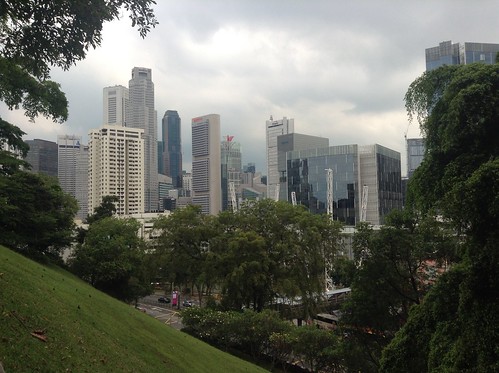
Today, Fort Canning Park is a venue for celebrations. Its expansive, sprawling lawns play host to concerts, theatre productions and festivals such as Shakespeare in the Park, Ballet Under the Stars, Shakespeare in the Park and Films at the Fort, while weddings, parties and gatherings are a regular sight in the park’s venue spaces. Its ancient artefacts are a must-see for history buffs, and its lush greenery and expansive lawns offer a variety of arts, heritage and nature experiences. Whether you are drawn by the park’s ancient artefacts and rich heritage or simply its tranquillity, this hilltop park offers something for the whole family.
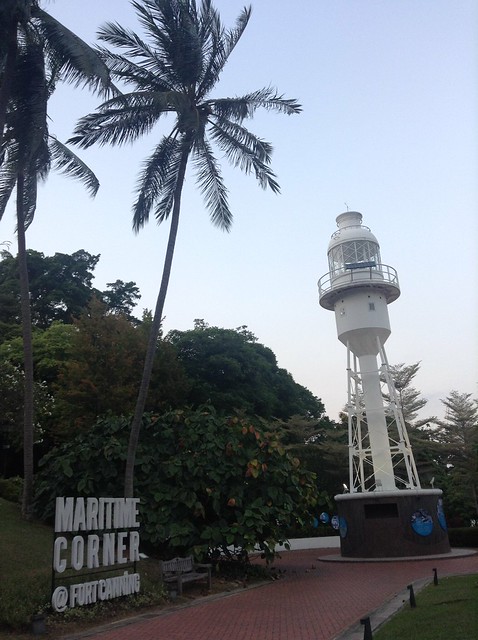
Fort Canning Lighthouse also known as Fort Canning Light is located on top of Fort Canning Hill and was formerly one of the 13 important lighthouses in the Straits of Malacca. Located nearby with The Flagstaff and the Time Ball, the three navigation structures played an essential role during the early maritime history of Singapore.
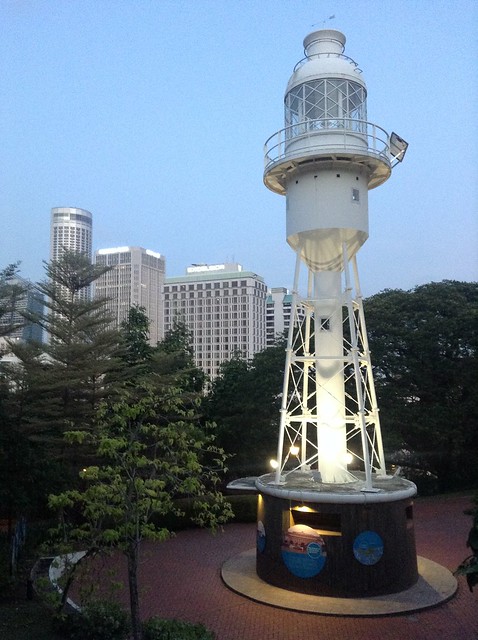
Though the Lighthouse survived the destruction of the Second World War, it was finally closed and dismantled on December 1958, when new tall buildings were making it invisible from the sea.
Due to its historic significance, a replica of the Lighthouse was later erected near its original site by the government of Singapore. Though its lights are fully functional, it no longer serves its original purpose but stands today as a legacy of its contribution to Singapore maritime history.

Gothic Gates: These imposing and sombre gateways in gothic style lead the visitor into Fort Canning Green, where a Christian cemetery used to stand. Built in 1846, these gates have since become a landmark of Fort Canning Hill. The letters above both gates, “IHS” are iota, eta and sigma, the first three letters of the Greek word for Jesus.
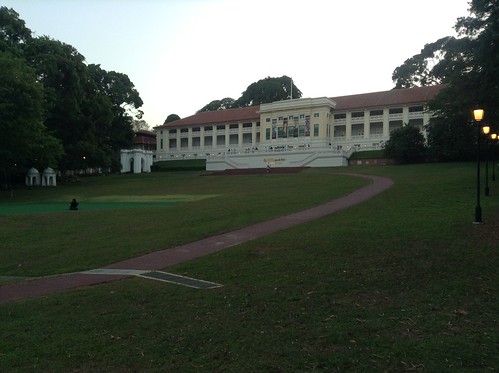
Singapore Pinacothèque De Paris. More than 40 rare masterpieces from artists like Rembrandt, Picasso and Monet are permanently showcased in the Collections gallery. There is also a free-access Heritage Gallery which pays tribute to Fort Canning. In addition, the museum holds temporary exhibitions in its Features Gallery.
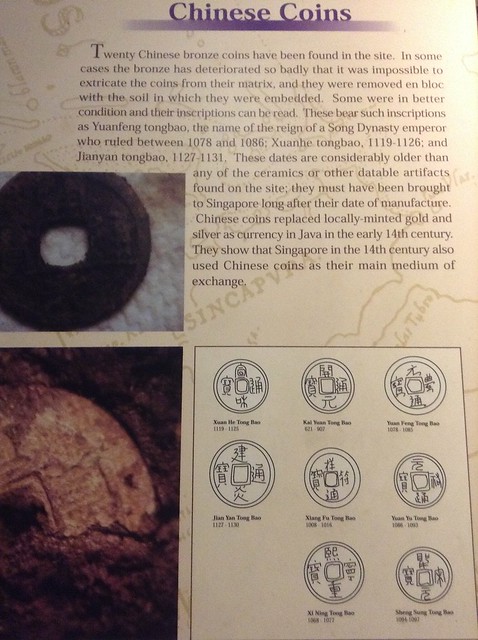
Archaeological Excavation Site: In 1984, archaeologist John Miksic and his team began an archaeological excavation that continues until today. Among the artefacts recovered were porcelain, earthenware and glass shards. These artefacts show that there could have been a Malay kingdom on Fort Canning Hill, with possibility of glass and gold workshops. Many Chinese coins here prove that Chinese had long been trading with locals before Westerners’ arrival.
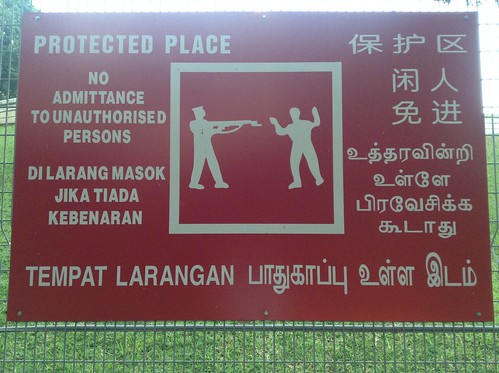
The Fort Canning Service Reservoir (Chinese: 福康宁备水池) is an underground reservoir located on top of Fort Canning Hill in Singapore. The reservoir was constructed in 1926 on the former site of a large artillery barracks and parade ground to help supplement the large impounding reservoirs. Water is pumped from the large reservoirs into the service reservoirs, thus enabling water to flow down the hill into houses.
How to get there: By MRT, alight at Clarke Quay or Dhoby Ghaut, and walk about 10 minutes to get to the park

